Enhanced recombination rate is achieved on a novel plasmonic platform that exploits the spontaneous formation of a V-pit-texture on the surface of a light-emitting diode.
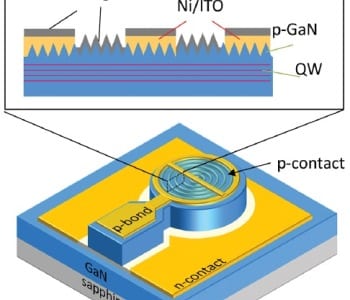

Enhanced recombination rate is achieved on a novel plasmonic platform that exploits the spontaneous formation of a V-pit-texture on the surface of a light-emitting diode.
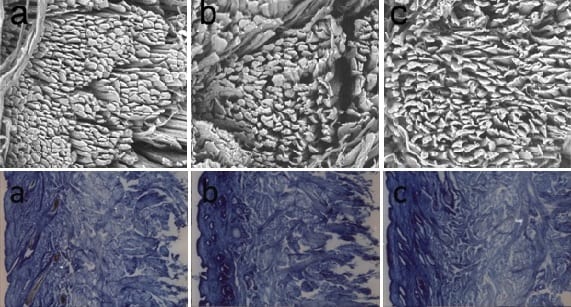
Researchers at Sichuan University have created an alternative to conventional leather lubricants using synthetic copolymers.
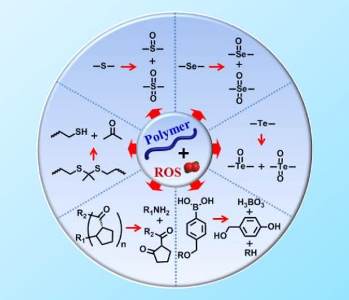
The oxidation-responsive behavior of polymeric platforms in different microenvironments as well as biomedical applications are discussed
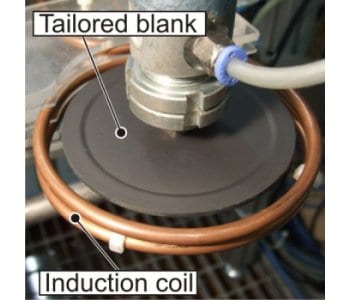
A test of whether stress states can be induced in a controlled manner in semi-finished tailored blanks manufactured by orbital cold-forming.
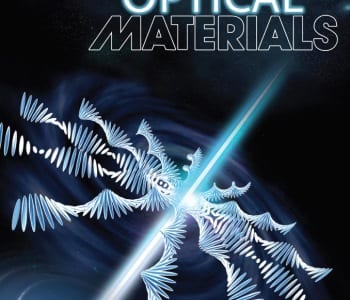
A dynamic photo-alignment technique to design and arbitrarily arrange the in-plane helical axes of cholesteric liquid crystals.
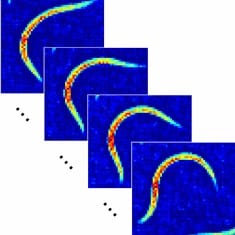
Quantum cascade lasers enable the quick and efficient real-time mid-infrared microspectroscopy of living microorganisms.
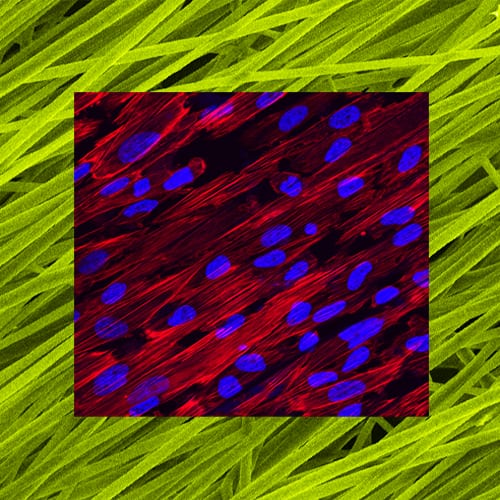
Researchers study new bioactive scaffolds based on PLA fibers, modified with a peptide sequence derived from fibronectin, an extracellular matrix component.
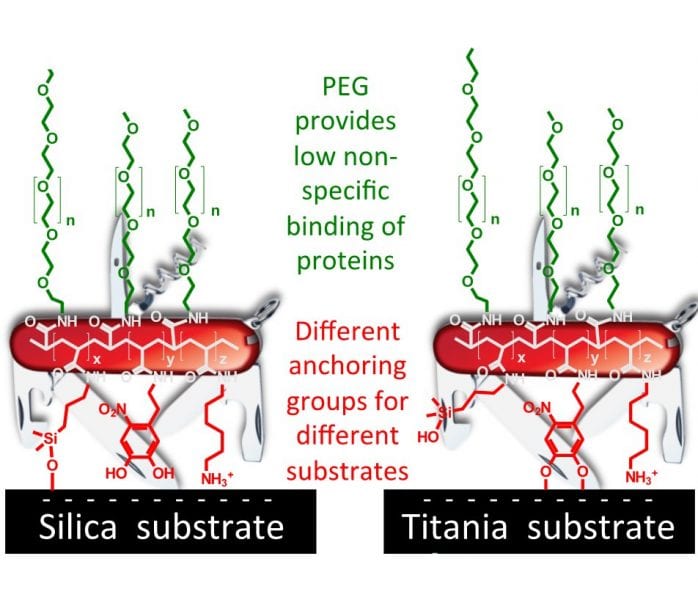
Swiss researchers present a postmodification protocol of a polymer that allows the creation of a variety of surfaces for different applications.
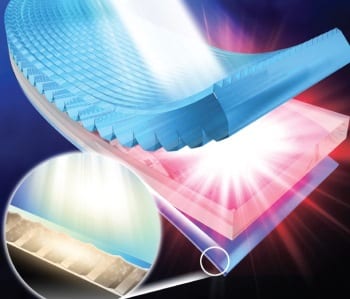
A novel light trapping configuration for thin-film photovoltaics, called a compound parabolic trapper, is proposed.
The showcase presents a free-to-read selection of physica status solidi articles published in 2015.